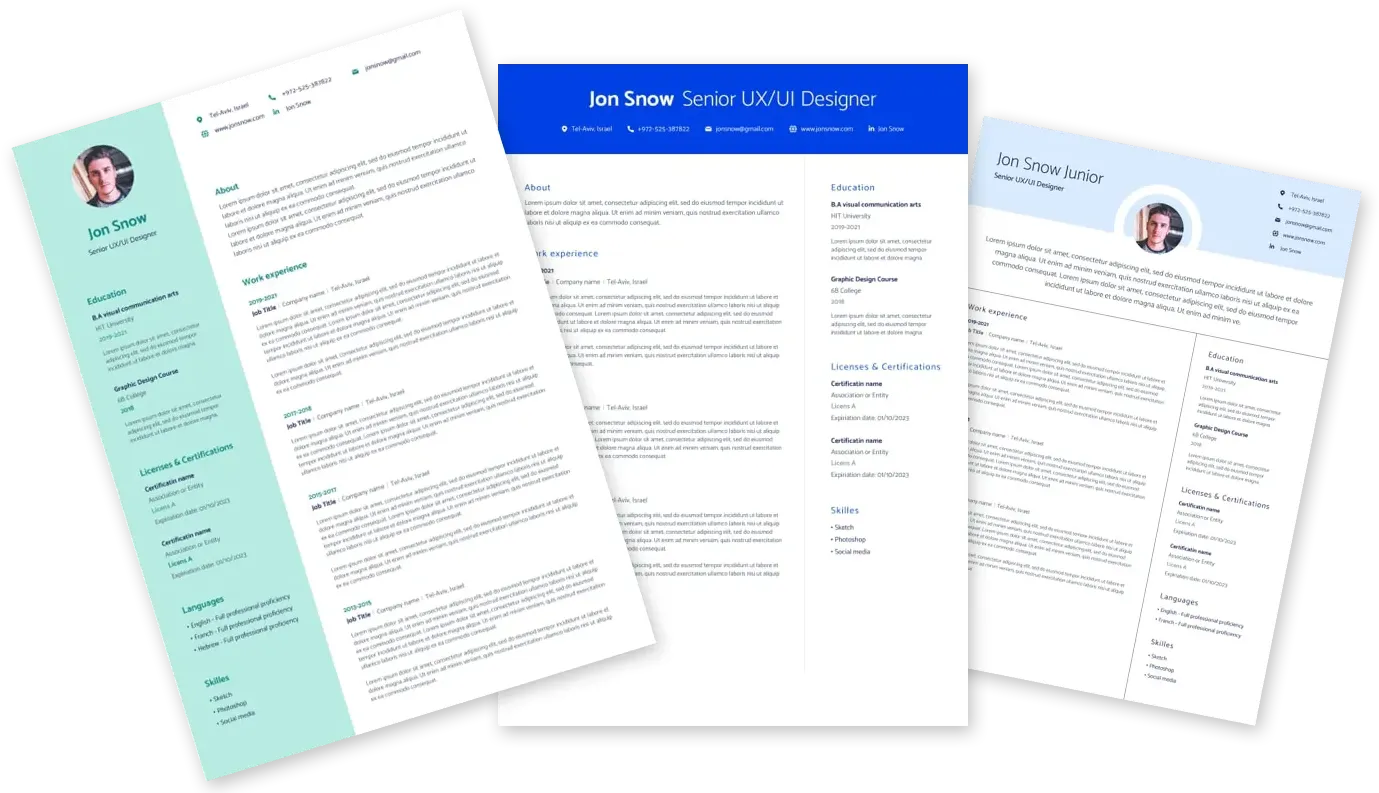

Nvidia Senior VLSI CAD Engineer ECO Tools - New College Grad United States, Texas 179967157
Share
- US, CA, Santa Clara
- US, TX, Austin
- time type
- Full time
- posted on
- Posted Yesterday
- job requisition id
What you’ll be doing:
Innovate across the entire VLSI flow to make incremental recovery and optimization fast and seamless. This will primarily involve C++ and includes improving or replacing in-house algorithms for steps such as incremental CTS (clock tree synthesis), incremental scan insertion, power hookup, placement, timing optimization, etc.
Educate RTL teams on best practices that you identify and advance.
Help develop GUIs for design visualization and other tools to boost designer productivity
Over time, this role can expand to other areas of physical design implementation and analysis tools
As with any software engineering team, we do write a lot of code, but this is broader than a typical CAD or EDA role. Instead, we as a team own the whole process from discovery and invention of new optimization opportunities, to developing solutions and working directly inside design teams to facilitate deployment.
What we need to see:
Recent graduate with a MS or PhD in Electrical Engineering (or related field) or equivalent experience.
Experience across VLSI, including exposure to synthesis, clocks, DFT, power distribution, timing, and place & route.
Proficiency in C++.
Some familiarity with use of SAT solvers and packages for logic minimization.
Insight and curiosity about boosting design team efficiency through intuitive GUIs and APIs.
Ways to stand out from the crowd:
Prior experience, especially in physical design, is a plus.
Experience with GUI frameworks, especially ImGui or Qt.
Background in synthesis and timing tools, including Design Compiler, Fusion Compiler, and PrimeTime.
Experience in using AI-coding assistants such as Cursor.
Background with scripting languages such as Python, Perl, or Tcl.
You will also be eligible for equity and .
These jobs might be a good fit
